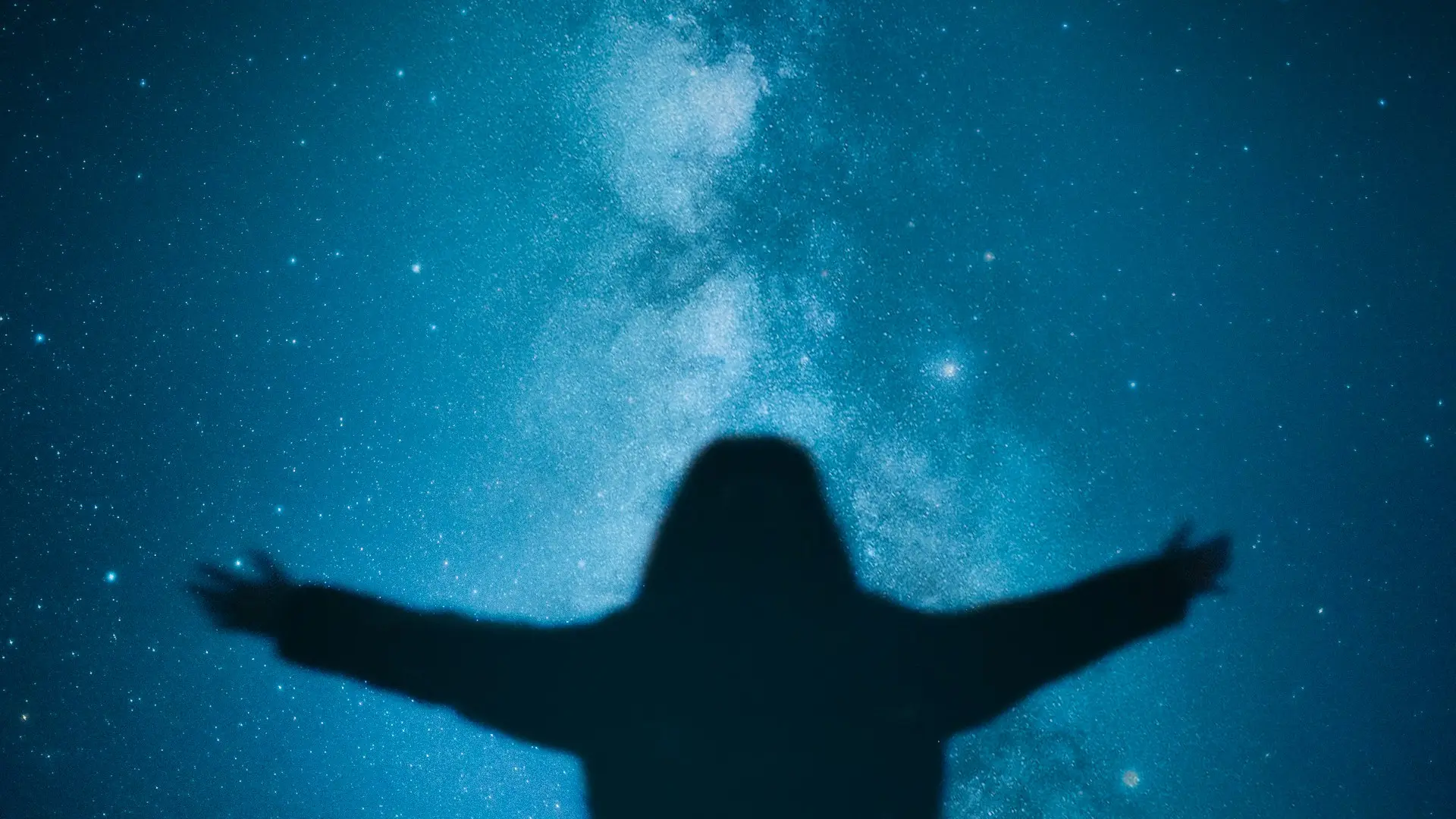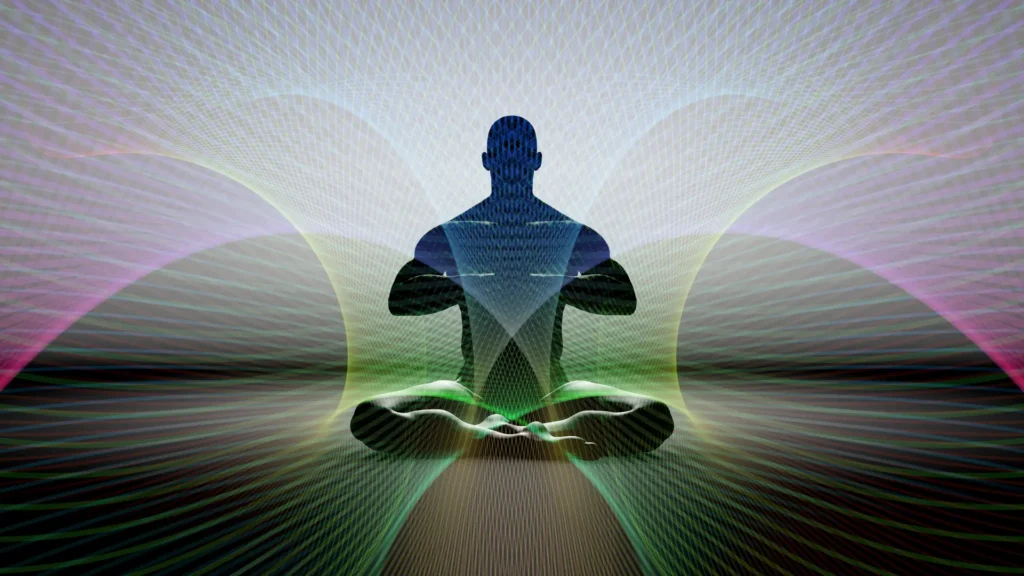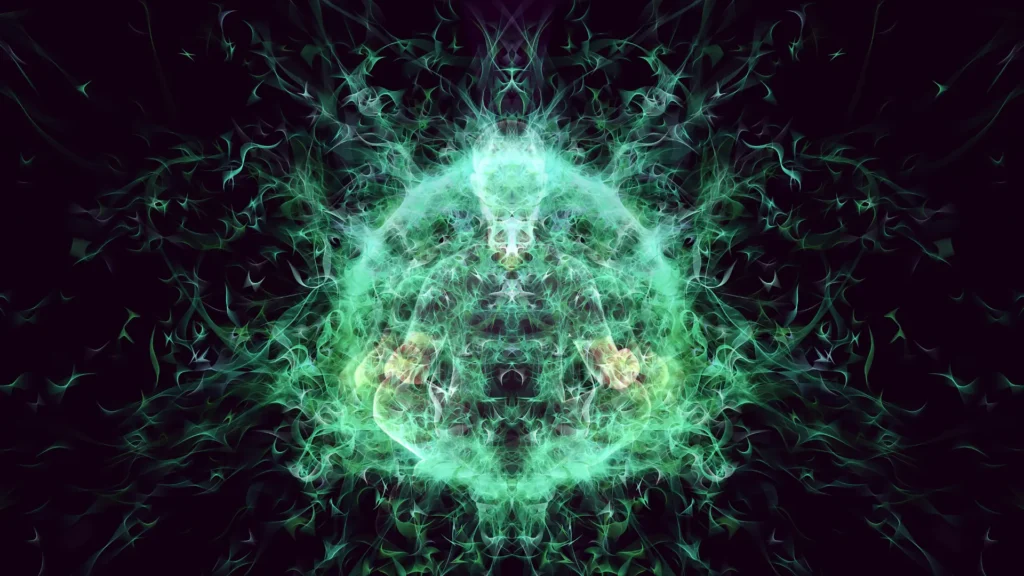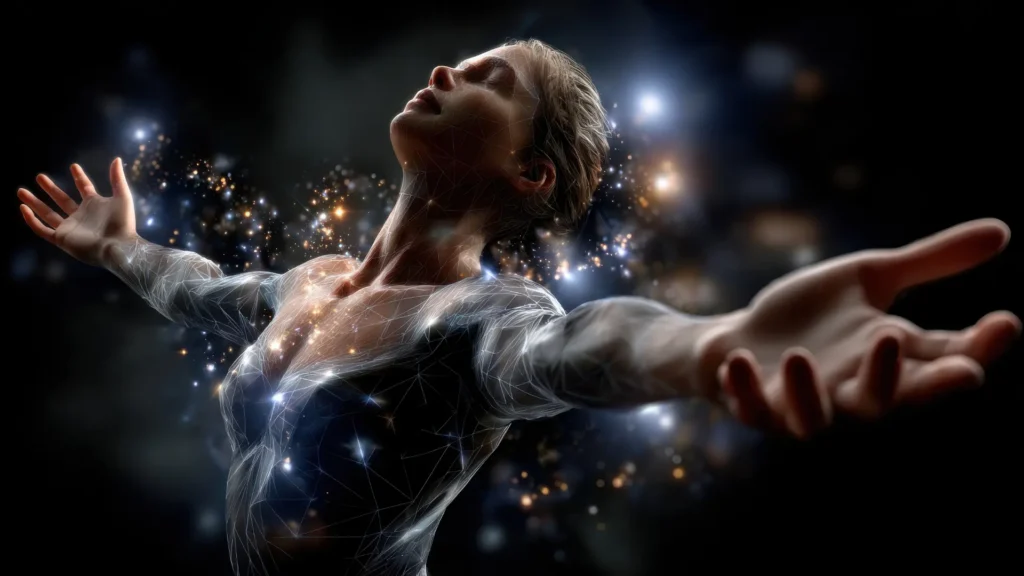Reiki is a Japanese system of energy healing that involves the channeling of Ki – the universal life force energy to promote relaxation, reduce stress, and facilitate the body’s innate self-healing abilities. The word “Reiki” is a combination of two Japanese words: Rei, which can be translated as “universal” or “divine wisdom,” and Ki, which is the “life force energy” that flows through all living things. The practice is therefore the application of divinely guided life force energy.
Definition of Reiki
Reiki is a spiritual healing art with its roots in early 20th-century Japan. It is a non-invasive complementary therapy, most commonly administered by a practitioner placing their hands lightly on or just above the recipient’s body. The core principle is that the practitioner, having been specially trained and attuned, acts as a conduit for universal life force energy. This energy is then drawn by the recipient to the areas where it is most needed, helping to clear energetic blockages and restore balance. It is important to note that Reiki is not a religion and requires no specific belief system from the recipient to be effective.
History and Origin
The modern practice of Reiki was developed by Mikao Usui, a Japanese Buddhist, in 1922. Following a period of extensive study of ancient texts and a prolonged spiritual quest, Usui undertook a 21-day meditation and fast on Mount Kurama. On the final day, he experienced a profound spiritual awakening, or satori, during which he was gifted the ability to channel the healing energy and was given the knowledge of the Reiki symbols. He established a clinic and school in Tokyo to practice and teach his method, which he called Usui Reiki Ryoho (Usui Reiki Healing Method). The practice was passed down through a lineage of masters, including Dr. Chujiro Hayashi and Hawayo Takata, the latter of whom was instrumental in bringing Reiki to the Western world.
The Core Principles of Reiki
The practice of Reiki is built upon several foundational principles that guide its application and philosophy.
- Universal Life Force Energy: This is the intelligent, healing energy that is the source of all life. Practitioners do not use their personal energy but act as a channel for this limitless, universal source.
- The Attunement Process: A person can only become a channel for Reiki after receiving an attunement, or initiation, from a qualified Reiki Master-Teacher. This is a sacred ritual that opens and aligns the student’s energy channels, creating a permanent connection to the Reiki source.
- The Five Principles: Mikao Usui established five ethical principles for practitioners to live by, which serve as a spiritual foundation for the practice. They are:
- Just for today, do not be angry.
- Just for today, do not worry.
- Just for today, be grateful.
- Just for today, do your work honestly.
- Just for today, be kind to every living thing.
The Reiki Session: What to Expect
A typical Reiki session is a gentle, peaceful, and deeply relaxing experience. The recipient lies fully clothed on a massage table in a quiet and comfortable environment. The healer will then place their hands lightly on or just above a series of specific positions on the body, including the head, torso, and limbs, holding each position for several minutes. There is no massage or physical manipulation involved. Common sensations reported by clients include warmth, tingling, coolness, or a gentle pulsing where the practitioner’s hands are placed. It is also common to see colors, experience emotional releases, or simply drift into a deep, meditative state. The energy works regardless of what is felt.
Major Reiki Systems and Modalities
While all Reiki originates from Mikao Usui’s foundational work, the practice has evolved over the last century into numerous systems and modalities, each with a unique energetic “flavor” and application. As a Reiki Master-Teacher trained and certified in multiple systems—including Usui, Kundalini, Tibetan, Tachyon, Gold, Aurora, and Dragon Reiki—I have found that each offers a distinct path to healing.
- Usui Reiki: This is the traditional, foundational system focused on healing through specific hand positions and the use of the original symbols taught by Mikao Usui.
- Kundalini Reiki: A powerful, modern system that blends the principles of Reiki with the awakening of Kundalini energy. It is particularly effective for clearing and strengthening the body’s central energy channel and all the chakras.
- Other Systems: Modern innovations have led to systems that work with specific frequencies. Tachyon Reiki, for example, attunes the practitioner to the energy of faster-than-light Tachyon particles, focusing on bringing order and potential to the energy field. Gold Reiki uses a high-vibrational golden energy for powerful cleansing and transformation, particularly related to fear and negativity.
Reported Benefits of Reiki
While Reiki is a spiritual practice, its recipients report a wide range of tangible benefits for the mind and body. It is an excellent complementary therapy that can support conventional medical treatments. The most common benefits include:
- Deep relaxation and a significant reduction in stress and anxiety.
- Relief from physical pain, tension, and discomfort.
- Improved sleep quality.
- Enhanced sense of emotional balance and overall well-being.
- Support for the body’s natural self-healing processes during illness or after surgery.
Exploring Reiki, whether through receiving a session or learning to practice it yourself, can be a profound step on one’s healing journey.



